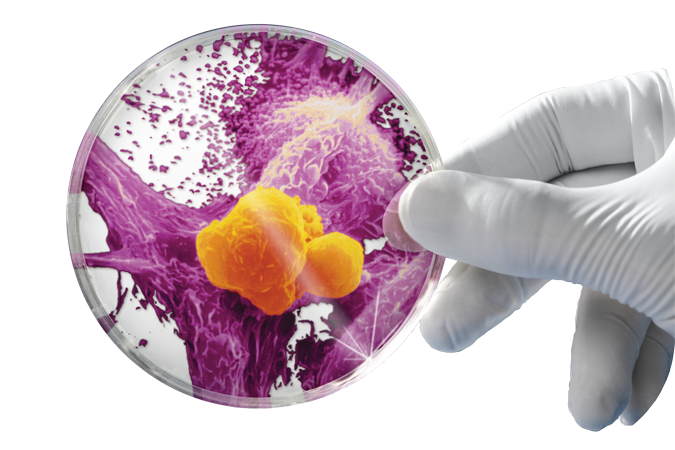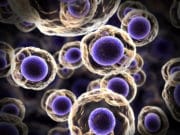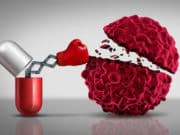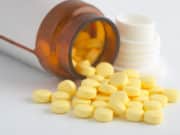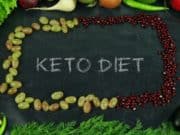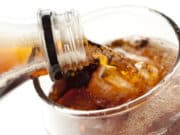Jell-O… It’s fun, yummy, colorful and… Toxic? The jiggly fruit-flavored treat known as Jell-O is something that nearly everyone has heard of and eaten, at least once in their life… But what you and most others probably didn’t know was that Jell-O contains many toxic and chemical ingredients, most of which are full of nasty side effects, including things like dementia, seizures, cancer, brain tumors and more.
It wasn’t always like this though, Jell-O in it’s purest form, is fruit juice, gelatin and a small amount sweetener. Unfortunately, this is not the case anymore and today we’re here to show you the dangers that are lying in wait in your gelatinous treat.
Now onto the ingredients, which’ll help us understand what’s really in there and also how to combat their and/or avoid them altogether.
Sugar: First up on the list is, unsurprisingly, sugar. Not only has sugar been linked to causing things like obesity many times, but it’s also the highly suspected of causing terrible things such as dementia, cardiovascular diseases and macular degeneration (an age-related disease that causes deterioration near your eyes, causing blurred and reduced vision) Besides all that though, sugar is highly addictive and your body can become quite dependent on it if you eat too much. Most of the sugar that is produced these days has been genetically modified, yet another health hazard.
Gelatin: Gelatin is a little white powder, that’s been made from a mixture of proteins derived from things like animal skin and bones. Not only does it not bode well for those of whom are vegan/vegetarian, but it also has very little nutritional value in the first place.
Red 40 and Blue 1 (and other assorted colors) – new studies now show synthetic preservatives and artificial coloring agents aggravate ADD & ADHD symptoms. Several major studies show academic performance increased and disciplinary problems decreased in large non-ADD student populations when artificial ingredients, including artificial colors, were eliminated from school food programs. Many of these colors include levels approved by the FDA of arsenic and mercury and have been banned in the European Union.
BHA (Butylated hydroxyanisole) This preservative has been recognized by the FDA themselves as something called GRAS, which stands for “generally recognized as safe,” however, the NIH, or The National institute of Health, has said that it’s “reasonably anticipated to be a human carcinogen.” Not only that but BHA has been BANNED in multiple other countries for health hazard issues.
Eating sugar free? It’s not looking any better for you, because the sweeteners they use aren’t any better, in many cases they’re actually worse than just plain, regular sugar…
Aspartame (Phenylketonurics contains Phenylalanine) Created from the excretions of genetically modified bacteria.
What’s in it: Phenylalanine, aspartic acid and methanol. Reported side effects: Headaches, fibromyalgia, anxiety, memory loss, arthritis, abdominal pain, nausea, depression, heart palpitations, irritable bowel syndrome, seizures, neurological disorders, vision problems, brain tumors and weight gain.
Acesulfame Potassium: This potassium salt contains a little something called methylene chloride, a known carcinogen.
Reported side effects: Long-term exposure to methylene chloride can cause nausea, headaches, mood problems, impairment of the liver and kidneys, problems with eyesight and possibly cancer. Acesulfame-K may contribute to hypoglemica.


